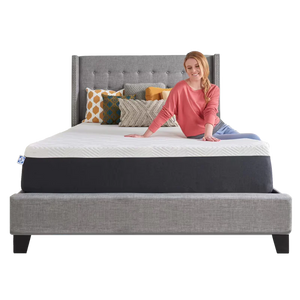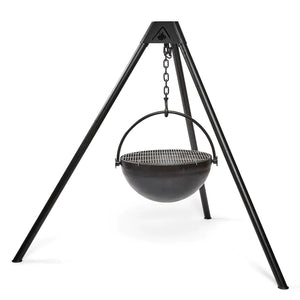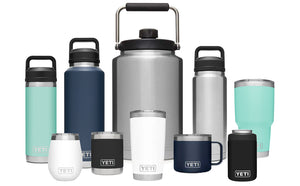Traditional Self-Clean v. Aqua Lift
When it comes to purchasing an oven, one of the first questions customers usually ask is “Is it a self-clean, or an aqua-lift?”. Although both are considered “self cleaning”, each of these cycles use different technology to get your oven clean.
Probably the most known of the two is the self-cleaning cycle. This cycle usually takes a few hours and gets your oven very hot - 900° or so, during the process. The idea behind this is that the food and grime are charred to a crisp and then you are easily able to wipe away the ash that is left behind. There can be smoke and smell during this cycle but on the other hand, no elbow grease is needed.
Here’s a link to Whirlpool that explains how to use the self-cleaning method:
How Does a Self-Cleaning Oven Work? | Whirlpool
Aqua-lift self-cleaning is newer and seems to be what many ovens are coming off the production line with. This is a faster cycle that cleans at a low temperature (usually around 200°) with no stinky odor. Aqua-lift uses water as your oven completes some what of a steam clean. In about 40 minutes, the moisture helps release tough messes in your oven. We always suggest to customers that they do this cycle more often than they would the traditional self-cleaning method. You may also find you need to use a hard plastic scraper (comes with your oven) to get some of the dirt off that wasn’t lifted by the steam.
Check out this link from KitchenAid on how to perform an aqua-lift cleaning cycle:
How to Perform an AquaLift Clean Cycle - Product Help | KitchenAid
The next time you are looking at purchasing a new oven, consider whether you prefer one that has self-clean or one that has aqua-lift. Answering this question will help us be able to point you in the right direction of the appliance that will work best for you.


















